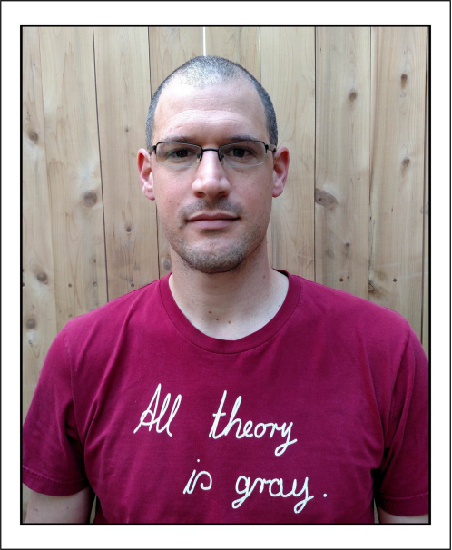Large-scale cellular-resolution imaging of neural activity in freely behaving mice
Published in bioRxiv, 2021
Miniaturized microscopes for head-mounted fluorescence imaging are powerful tools for visualizing neural activity during naturalistic behaviors, but the restricted field of view of first-generation ‘miniscopes’ limits the size of neural populations accessible for imaging. Here we describe a novel miniaturized mesoscope offering cellular-resolution imaging over areas spanning several millimeters in freely moving mice. This system enables comprehensive visualization of activity across entire brain regions or interactions across areas. Read more
Recommended citation: Leman DP, Chen IA, Bolding KA, Tai J, Wilmerding LK, Gritton HJ, Cohen Y, Yen WW, Perkins LN, Liberti WA, Kilic K, Han X, Cruz-Martín A, Gardner TJ, Otchy TM, Davison IG (2021) "Large-scale cellular-resolution imaging of neural activity in freely behaving mice". bioRxiv, https://doi.org/10.1101/2021.01.15.426462 https://www.biorxiv.org/content/10.1101/2021.01.15.426462v1
